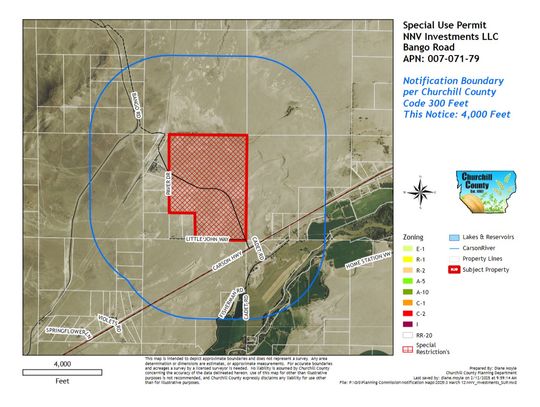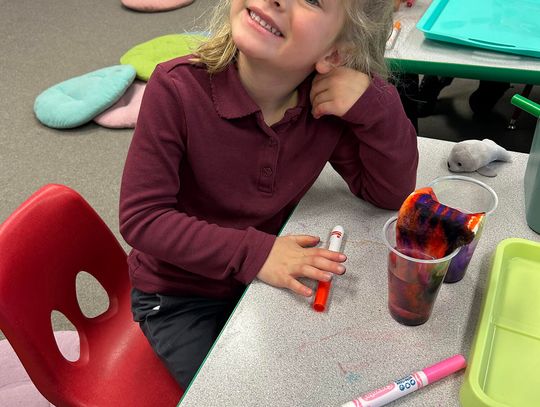The Environmental Protection Agency has opened a public comment period and is looking for feedback on their proposed plan addressing historical releases of mercury throughout the Carson River watershed. The 30-day public comment period will end on November 15.
In 1990, the Carson River Mercury Superfund Site became a part of the National Priorities List. Covering five counties, 330 square miles, and more than 130 river miles, the EPA site investigation found mercury leftover from the 1860’s Comstock Lode that was used to process gold and silver ore.
During the 1990s, the EPA removed contaminated soil in areas of the Carson River’s Operable Unit 1 and developed a Long-Term Sampling and Response Plan. They also worked with developers to help prevent the spread of mercury contamination when the soils are disturbed for new residential developments. The EPA has worked closely with the Nevada Department of Environmental Protection throughout the process.
In April 2017, the EPA completed a Remedial Investigation. They looked at where and in what concentrations the mercury contamination had traveled. In December the following year, they did a Feasibility Study to screen and evaluate technologies and approaches to reduce mercury exposure that would be appropriate for the extensive geography of the Carson River.
In the Proposed Plan released this September, the EPA evaluated the benefits and costs of cleaning up mercury contamination in the river, reservoir, and wetlands. The agency anticipates signing a Record of Decision by late in the year 2023.
The new Proposed Plan addresses the Carson River Operable Unit 2, where old mercury can be found in the sediments and floodplain of the Carson River, Lahontan Reservoir, Carson Lake, Little and Big Washoe Lakes, Indian Lakes, and the Stillwater and Fallon National Wildlife Refuges. The plan report reports studies by the United States Geologic Survey found Lahontan Reservoir traps up to 92% of the mercury entering the reservoir while and mercury in surface water and soil contamination decreases significantly below Lahontan Reservoir. The EPA has advised for years against eating fish caught in these areas.
The Proposed Solution is an interim approach that uses a combination of land use controls, compliance and monitoring, and environmental covenants which means a voluntary title insurance notice on properties to help prevent exposure to mercury-contaminated soils.
According to the plan document, the interim action is intended to reduce health risks and will support a final cleanup action that will be selected in the future.
Most important for the population growth area between Carson City and the Stillwater Wetlands, is an expansion of the long-term sampling that addresses construction in residential properties in the floodplain and active channels. EPA and NDEP intend to oversee soil sampling and possible remediation by commercial and residential developers in areas where mercury contamination may require action, in hopes of preventing further spreading of contaminated soils.
Rusty Jardine, General Manager of the Truckee Carson Irrigation District reported to the board of directors at their monthly meeting recently that the EPA had released the plan and in a letter to the district, said they found “no elevated health risks for Lahontan Reservoir surface water used for irrigation around the City of Fallon therefore, bioaccumulation, that is to say, uptake of mercury in agricultural plants including fruits and vegetables, forage for cows, dairy and steers, heifer and beef, does not appear to present an unacceptable risk.” TCID will be providing written comments on the EPA’s plan.
City Attorney Mike Mackedon said he will also be providing comments on behalf of the City of Fallon. He said he sees this plan as a possible tool that could be used by upstream interests to meet the water demands of growth.
Comments can be made by any member of the public who has concerns or support for the plan. Information can be found online at epa.gov/superfund/carsonrivermercury.









































Comment
Comments